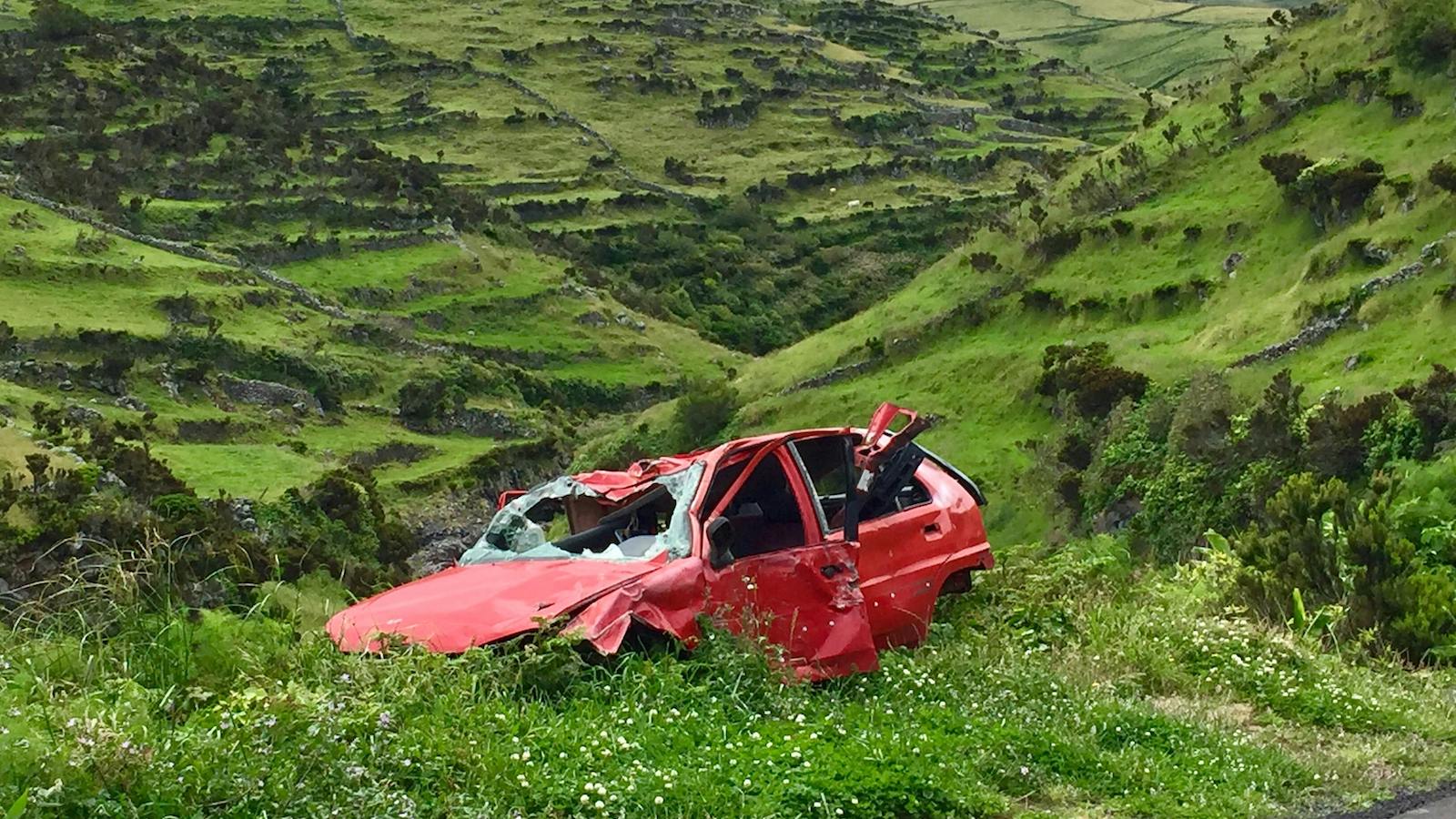Among drivers and insurers alike, usage-based insurance (UBI) programs have increased in popularity in recent years. The UBI market is projected to grow from $30.6 billion in 2023 to $80.7 billion by 2028 – and for good reason. According to WalletHub, switching to UBI can save drivers 10% to 15% in annual costs. Moreover, UBI’s rise in popularity is important considering the financial pressures insurers face and the trend toward price increases, with 31% of auto insurers raising rates in 2023 by an average of 16%.
As more drivers opt for UBI to save money, insurers have an opportunity to capitalize on and maximize their UBI offerings. How exactly? The answer lies in the data that UBI employs.
UBI programs can leverage technology that provides real-time information and insight into a policyholder’s driving habits, such as driving patterns, speed, phone usage and sudden stops. Insurers can use this same data to implement a crash response component in their UBI program to identify probable accidents and immediately dispatch emergency support, enabling a faster accident response.
While this technology is readily available, many insurance programs are not applying it in a way that maximizes its full potential and allows a faster crash response. In turn, insurers are leaving myriad benefits on the table for themselves and their policyholders.
Let’s explore why crash response can be a game-changer when introduced into UBI programs.
See also: Could Auto Accidents Be Reduced by More Than Half?
Reducing Claims Expenses and Cycle Times
One of the most straightforward benefits of enabling crash response is saving time and money. A frequent challenge in the auto insurance industry is the continual rise in claims costs and cycle times. According to Agero’s data and research, vehicle release fees have increased nearly 50%, and storage costs have risen as much as 66% since 2020.
By implementing crash response capabilities into their usage-based programs, insurance carriers can help mitigate these costs by eliminating the need for customers to self-report accidents, as the technology can automatically start the first notice of loss (FNOL) process immediately after an accident. This is important because customers are taking 97% longer to report an accident, on average, compared with just four years ago. With crash response, insurers can immediately dispatch a tow to the accident scene and begin the appraisal and repair process, leading to a shorter claim, reduced storage costs and fewer secondary tows.
Bolstering Policyholder Retention and Business Growth
A notable benefit to insurers is how crash response factors into retaining clients. While policyholders are increasingly exploring more cost-effective insurance options to combat rising premiums, 40% of UBI customers report they are more likely to stick with their current carrier. According to JD Power, UBI customers have a 59-point higher price satisfaction score compared with general customers – and insurers can extend their customers’ satisfaction.
Policyholders have shown an appreciation for having someone check on their well-being when an accident occurs. With a rapid crash response system, insurers can send a direct message to the policyholder upon notification of an accident to verify the notification is correct. In some cases, the crash response technology may send a false positive alert, resulting in a wellness check to a client who wasn’t in an accident. However, over half of these “wellness checks” resulted in a full 10 out of 10 customer satisfaction rating.
Moreover, clients involved in an actual accident spoke highly of their insurers and crash response technology, resulting in a higher Net Promoter Score (NPS), which measures the likelihood a customer will recommend a service or organization to others. Approximately four out of five of those involved in a crash who received this dedicated support strongly recommended the service. Combine the high customer satisfaction scores with the cost savings that UBI can provide, and insurers have a recipe for advancing business growth.
See also: Crash Detection Will Transform Auto Claims – No, Really
Safety and Peace of Mind
While cost-savings and policyholder retention are remarkable benefits, the most important advantage of implementing crash response capabilities into UBI programs is increasing safety. Driving behaviors have grown more dangerous, resulting in increased bodily injury claims, more severe injuries, and a continued rise in traffic-related deaths. Enabling a rapid response to accidents is crucial to the safety of policyholders. When every second matters, an instant alert can be a life-saving factor in rapid EMS response.
While crash detection is an important part of the process, providing a human touch is essential in the aftermath of an accident, as that ensures drivers get the help they need and can provide a calming presence in an otherwise stressful and scary event. Implementing a crash response system allows carriers to demonstrate a focus on customer health, safety and support in their time of need. Having a dedicated, highly trained support specialist communicate with a policyholder following a traumatic accident can profoundly affect drivers and provide peace of mind.
Simply implementing a UBI program can help keep a driver safe. When drivers know they are being monitored, they adopt safer driving habits. After the switch to UBI, 80% of people reported improving their driving behaviors, resulting in 45% fewer accidents and potentially decreasing crash-related injuries and fatal accidents.
The Bottom Line
When considering the many benefits, the importance of including crash response capabilities in UBI programs seems evident. According to Statista, there are approximately 6 million passenger car accidents each year. In these moments, it’s crucial not to leave those affected waiting for a response.
With the increase in popularity of UBI programs, the data and technology that can enable a faster crash response to these accidents are readily available, and using them should be standard. Excluding a crash response component in UBI programs is a missed opportunity for insurers to differentiate themselves to policyholders. By implementing crash response capabilities into these programs, insurers can unlock the many benefits and, most importantly, save lives.






